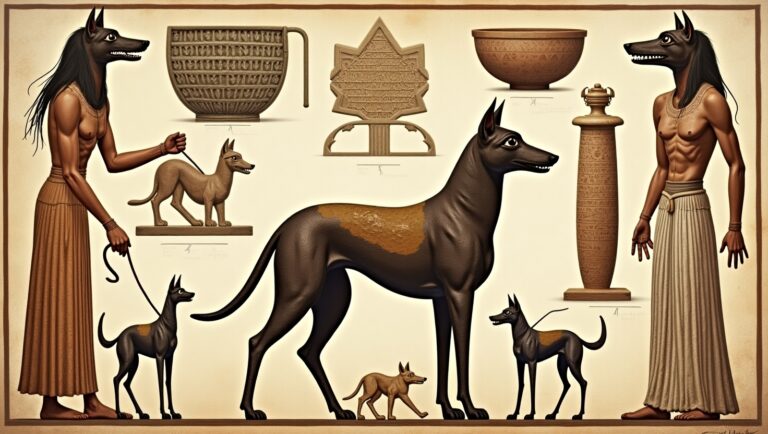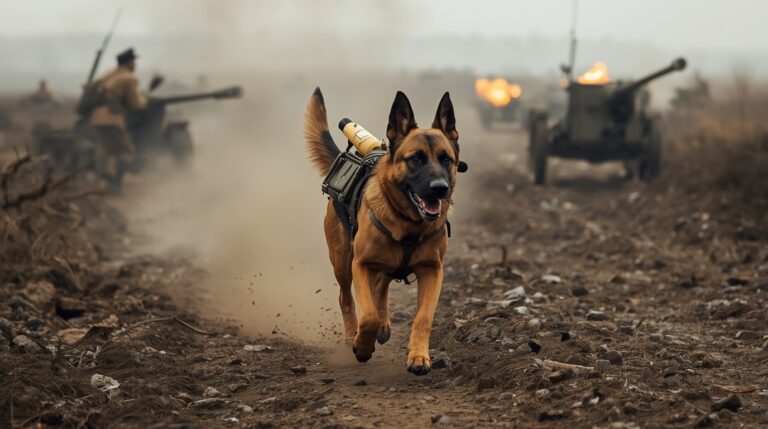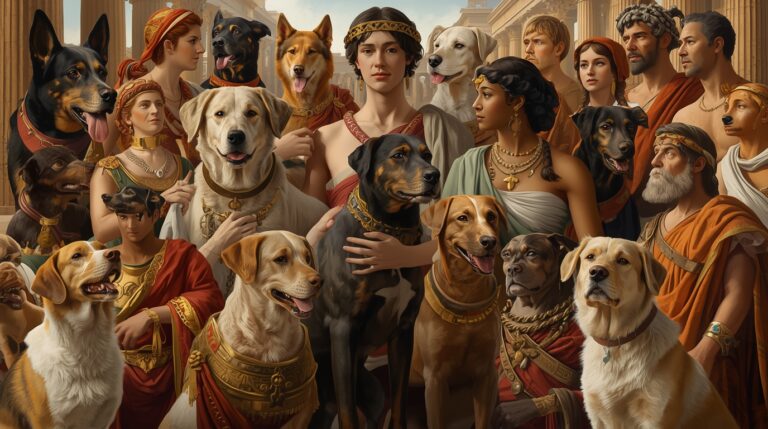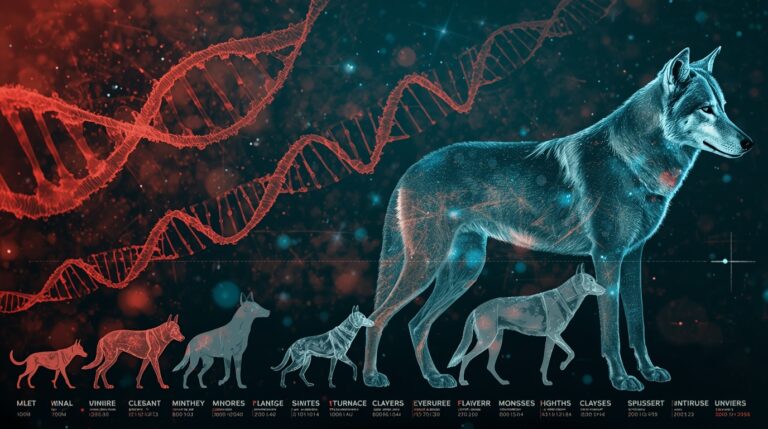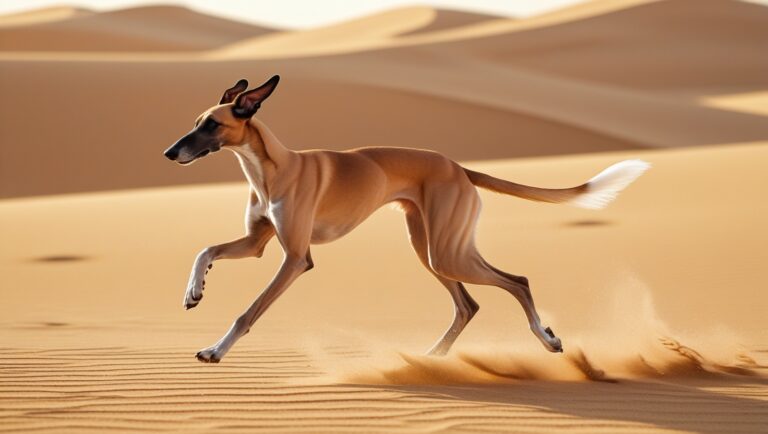Medieval and Renaissance Dog History: Evolution of Canine Roles, Breeds, and Symbolism in European Society
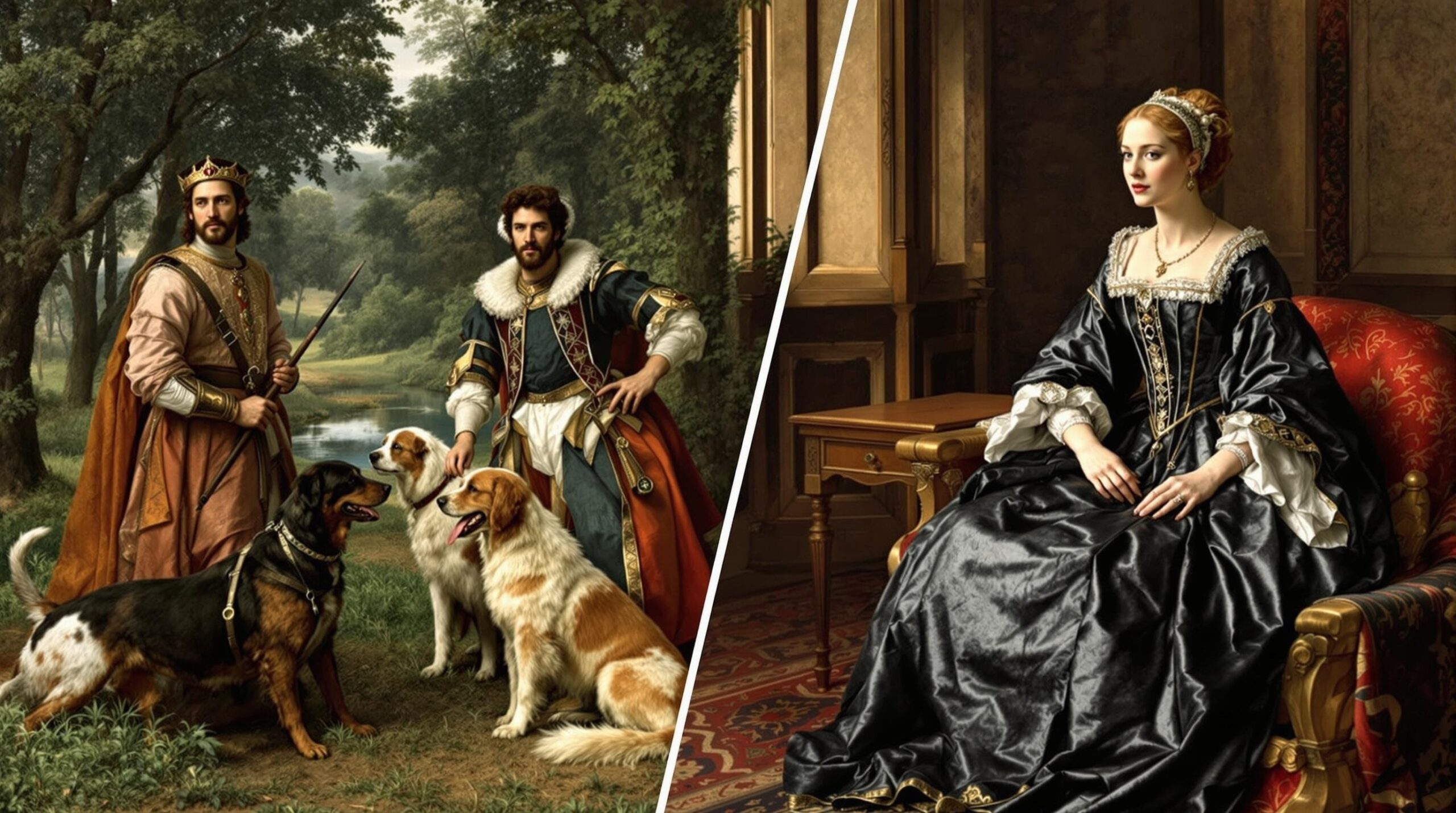
Introduction to Dog History in Medieval and Renaissance Europe
The history of dogs in Europe during the Medieval and Renaissance periods reveals an intricate narrative of utility, status, symbolism, and companionship. Between the 5th and 17th centuries, the role of dogs expanded from purely functional tasks like hunting and guarding to becoming key cultural and artistic symbols. In both eras, dogs mirrored human society—structured, hierarchical, and deeply symbolic.
This article explores the evolution of canine functions, the prominent breeds of each era, their depiction in art and literature, and the sociopolitical implications of owning and breeding dogs.
Domestication of Dogs Before the Medieval Period
Before their prominence in feudal Europe, dogs had already been domesticated for over 10,000 years. In ancient civilizations like Egypt, Greece, and Rome, dogs served roles ranging from hunters to guardians. By the fall of the Western Roman Empire, domesticated dogs had spread throughout Europe, where they were assimilated into emerging feudal structures.
Their utility became divided by class: the nobility maintained large, trained hunting packs, while peasants used dogs for herding and protection. This laid the groundwork for the specialized canine roles that defined the Middle Ages.
Roles of Dogs in Medieval Society
In medieval Europe, dogs were assigned tasks that aligned closely with the social hierarchy and economic needs of their owners.
Hunting Companions
Among the aristocracy, hunting was a political and social ritual. Dogs were vital tools in boar hunts, stag chases, and falconry, often trained to track, retrieve, and even attack prey. Greyhounds, Bloodhounds, and Alaunts were especially prized for their speed, scenting ability, and aggression.
Guard Dogs in Castles and Estates
Large Mastiffs were kept by feudal lords to guard manor houses, castles, and estate grounds. Their intimidating presence served both practical and symbolic purposes—deterring intruders and reflecting the owner’s power.
Farm and Herding Dogs
For commoners, dogs were indispensable to agriculture. Early forms of collies and shepherd dogs helped herd sheep and cattle. These dogs were not bred for aesthetics but for stamina, intelligence, and loyalty.
Prominent Dog Breeds in the Middle Ages
The Middle Ages saw the emergence or recognition of several distinct breeds that remain recognizable today.
Greyhound
Associated with nobility and elegance, greyhounds were bred for speed and sight-hunting. They often appear in medieval manuscripts, tapestries, and heraldry.
Bloodhound
Renowned for its tracking ability, the bloodhound was used by both nobles and law officials. Its name derives from “blooded hound,” referring to noble breeding rather than aggression.
Mastiff
These were the quintessential guardian dogs. Massive in size and strength, mastiffs protected livestock, estates, and were occasionally used in battle.
Canine Symbolism in Medieval Art and Literature
Dogs held profound symbolic importance in medieval culture, often depicted in religious texts, illuminated manuscripts, and bestiaries.
Loyalty and Fidelity
Dogs were widely seen as emblems of loyalty. In literature and religious art, they symbolized faithfulness, often shown accompanying saints or kneeling at the feet of noblewomen and widows.
Religious Representations
In Christian iconography, dogs represented devotion and spiritual guardianship. St. Roch, the patron saint of plague victims, was traditionally accompanied by a loyal dog who, according to legend, brought him bread and licked his wounds.
Allegories in Bestiaries
Medieval bestiaries—compendiums of animals with moral allegories—frequently described dogs as watchful, honest, and divinely guided. Their inclusion emphasized the link between animals and Christian teaching.
Dogs and Nobility in Feudal Europe
Owning trained dogs was a symbol of power and prestige. Aristocrats often kept:
- Kennels managed by professional handlers
- Custom leather collars adorned with metalwork
- Large hunting packs maintained at great expense
Feudal laws even restricted who could own certain breeds, reinforcing social stratification through canine ownership.
Dogs and the Common Folk
While the nobility showcased hunting dogs, the working class relied on dogs for protection and livelihood.
- Village dogs were unpedigreed, often bred for utility.
- Herding and guarding were their main tasks.
- Dogs also served as scavengers, helping control waste in towns.
Though less romanticized, these dogs were crucial to medieval rural economies.
Medieval Hunting Manuals and Their Depiction of Dogs
The most significant medieval source on canine utility is “Livre de Chasse” by Gaston Phoebus, written between 1387 and 1389. This treatise outlines the care, training, and classification of dogs used in hunting, including:
- Lymers: scent hounds used for tracking game.
- Raches: running hounds released once prey was located.
- Alaunts: muscular dogs used to attack or restrain large animals.
The manual offers deep insight into medieval dog management, including breeding strategies, training methods, and even the ethics of canine care.
Disease, Hygiene, and Superstition
Veterinary knowledge in medieval Europe was rudimentary at best. Dogs were frequently exposed to:
- Parasites and skin infections
- Rabies, known but poorly understood
- Lack of proper vaccination or sterilization
Superstitions also surrounded dogs. Some believed black dogs were omens of death, while others feared dogs spread the Black Plague. Despite these fears, there is no substantial evidence that dogs were plague vectors.
Dog Equipment: Collars, Leashes, and Kennels
Artifacts and manuscripts provide information on medieval canine accessories:
- Iron and brass-studded collars used for war or guard dogs.
- Leashes made of leather or hemp for hunting or urban control.
- Wooden kennels or stone enclosures built for noble hounds.
These items reflect not only utilitarian design but also the status and care afforded to valuable dogs.
The Transition to the Renaissance
The Renaissance marked a cultural shift from function to aesthetic and intellectual appreciation. Dogs began appearing more frequently in portraiture, literature, and domestic life as objects of affection rather than tools.
This change mirrored the rise of individualism, humanism, and the revaluation of nature and animals as emotionally significant companions.
Renaissance Humanism and the Emotional Bond with Dogs
Renaissance humanism emphasized the dignity and inner worth of both people and animals. Dogs began to be appreciated not only for their service but also for their emotional intelligence, companionship, and social presence.
Writers such as Erasmus and Montaigne commented on dogs’ loyalty and emotional depth, while artists began incorporating pets into domestic and religious settings.
Dog Breeds of the Renaissance Era
New dog breeds and refinements emerged in the Renaissance, influenced by crossbreeding and selective enhancement.
- Spaniels: used for bird hunting and eventually as lapdogs.
- Italian Greyhounds: miniature variants bred for elegance.
- Toy breeds: such as small terriers, became popular among noblewomen.
These breeds emphasized companionship over labor, aligning with evolving social values.
The Role of Dogs in Renaissance Art
Renaissance art frequently featured dogs as part of symbolic storytelling and domestic realism. Notable examples include:
- Titian’s portraits, where lapdogs represented fidelity and gentility
- Jan van Eyck’s “Arnolfini Portrait”, with a small dog symbolizing marital fidelity
- Raphael’s “Madonna of the Goldfinch”, which includes a dog as a metaphor for watchfulness
The presence of dogs in art reflects their increasing integration into the intimate domestic sphere.
Canine Imagery in Renaissance Literature
Dogs appeared in Elizabethan poetry, Shakespearean drama, and early scientific writing. Shakespeare used dogs to convey everything from insults (“cur”) to metaphors of loyalty (“truth as a dog to fawn on you”).
Literature of this period explored the complex relationship between humans and dogs, moving beyond allegory to psychological nuance.
Royal and Noble Patronage of Dogs
The nobility of the Renaissance, including figures like Queen Elizabeth I, famously kept small dogs as companions and fashionable symbols. Her favored lapdog, sometimes said to be a Maltese, was often carried in court and painted alongside her.
These dogs were pampered, perfumed, and adorned, representing wealth, femininity, and courtly sophistication.
Veterinary Knowledge and Dog Care Practices
Although still primitive, Renaissance veterinary practices showed improvement:
- Herbal remedies for fleas, wounds, and respiratory ailments
- Emergence of kennel management for elite households
- Written manuals for animal care, including canine hygiene
This period laid the foundation for more scientific approaches to animal medicine in the Enlightenment.
Dogs in Warfare and Defense
While less common than in the Middle Ages, dogs were still used for defensive purposes in the Renaissance.
- Guard dogs were maintained by urban merchants and estate owners.
- Dogs accompanied soldiers to camps for alerting against ambushes.
- Large breeds like mastiffs were still used in border regions prone to conflict.
Legal Status and Ownership of Dogs
Medieval and Renaissance cities began imposing legal regulations on dog ownership:
- Urban laws required dogs to be leashed or muzzled.
- Noble hunting rights often included exclusive access to certain breeds.
- Fines were imposed on dogs that damaged property or livestock.
This formalization of dog ownership marks the beginning of civic animal control systems in Europe.
Legacy of Medieval and Renaissance Dogs
The legacy of dogs from these periods endures in:
- Modern dog breeds that trace ancestry to medieval types
- Art and literature that immortalize canine loyalty
- Legal, symbolic, and emotional roles dogs continue to play
The medieval and Renaissance transformations in how dogs were bred, used, and loved continue to influence canine-human relationships today.
Conclusion
The story of dogs in medieval and Renaissance Europe is not simply a tale of utility. It is a cultural narrative filled with devotion, evolution, and emotional complexity. From the war dogs guarding castles to the lapdogs warming noble laps, dogs traversed social strata, symbol systems, and artistic imagination.
Their journey through these transformative centuries reflects not just the changing function of animals, but also the shifting human self-image in a world moving from divine order to personal expression.
